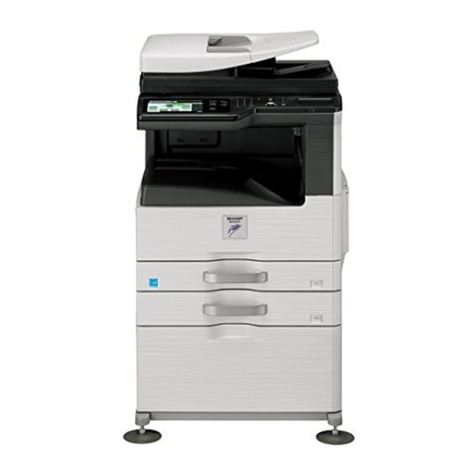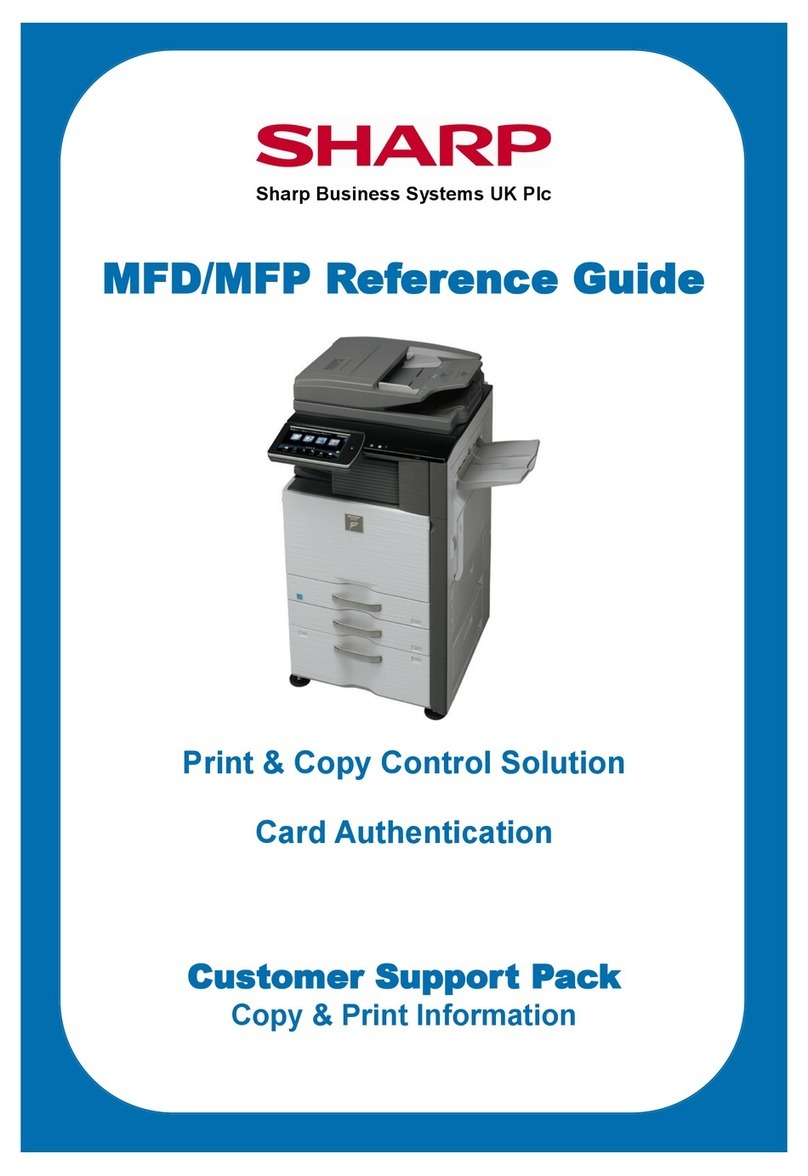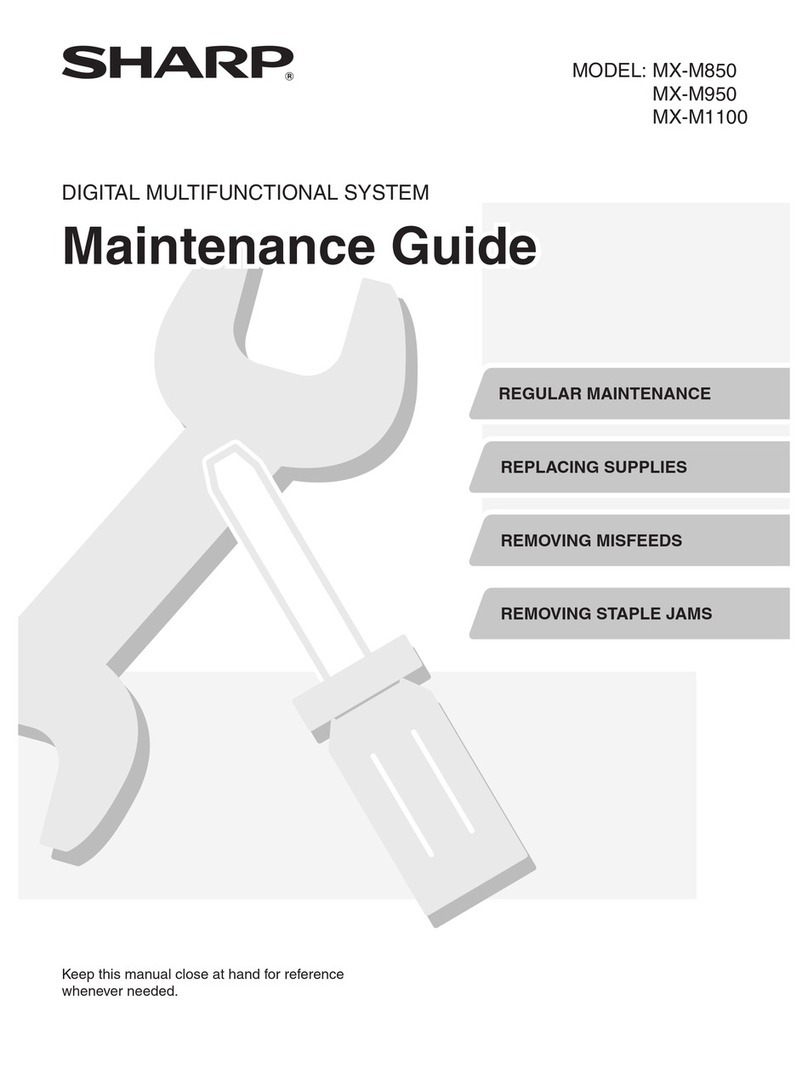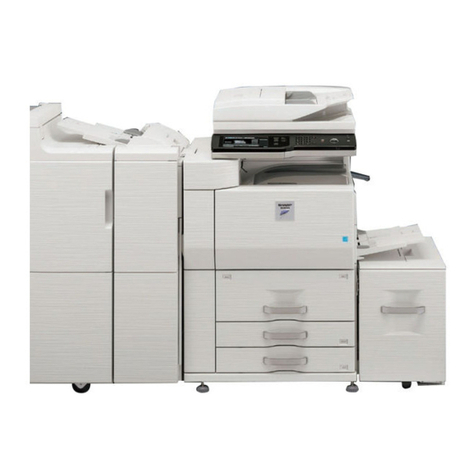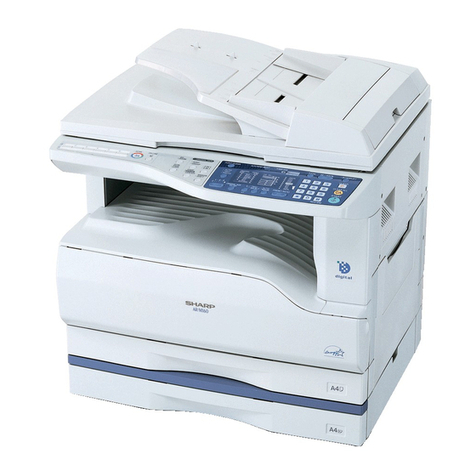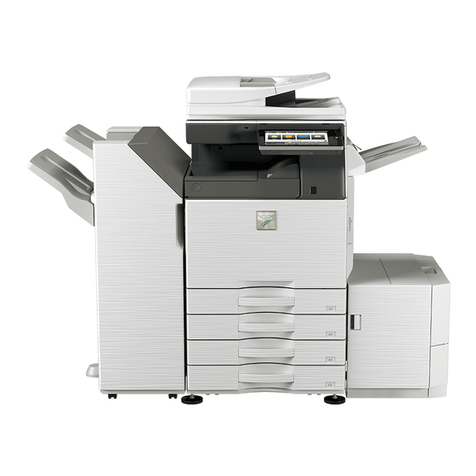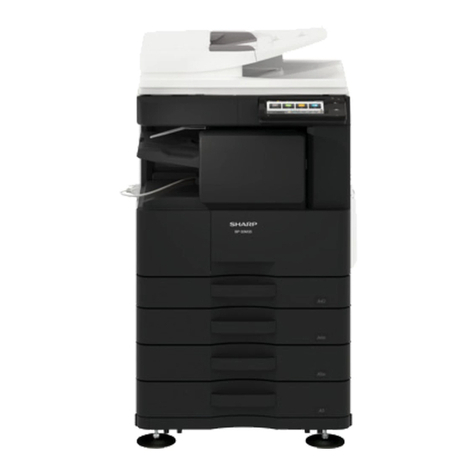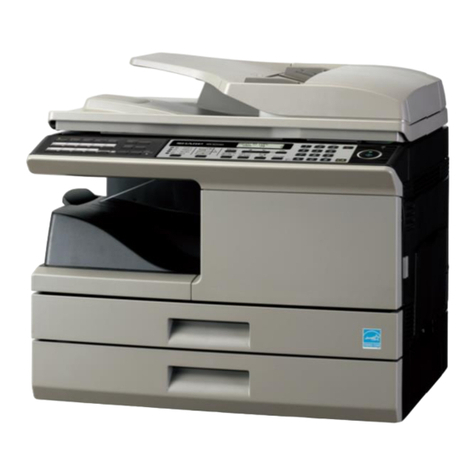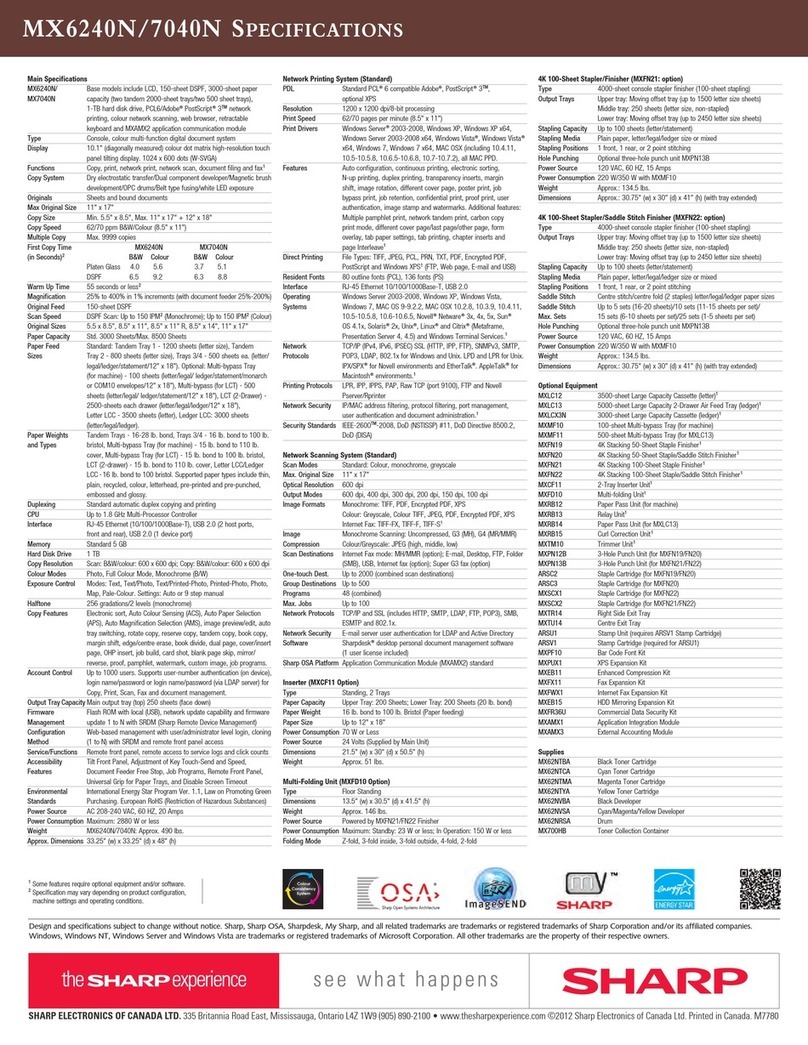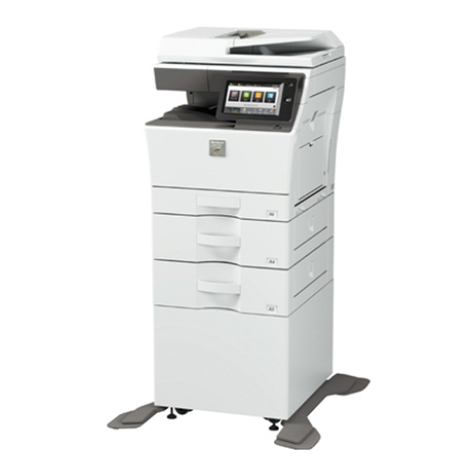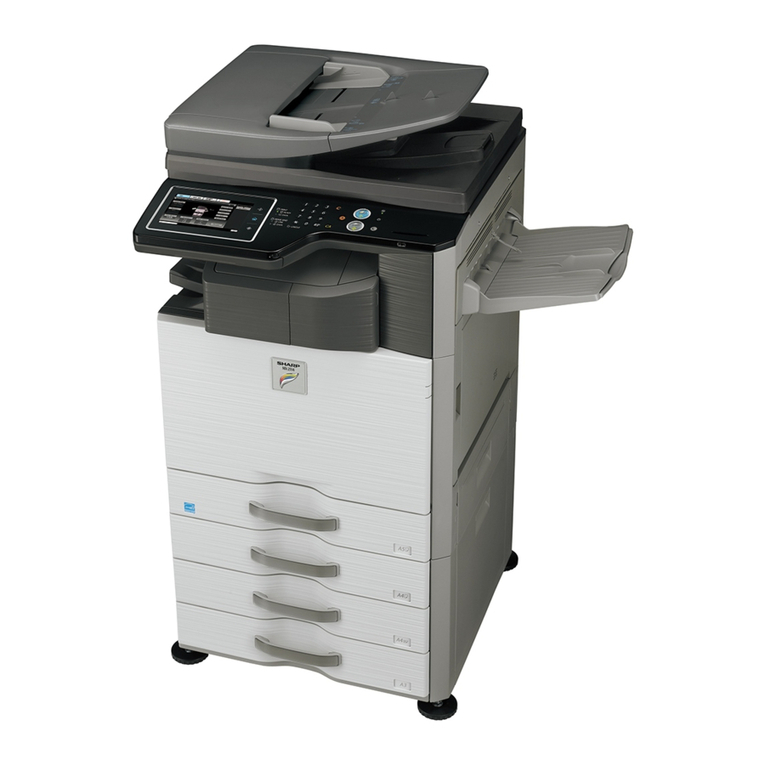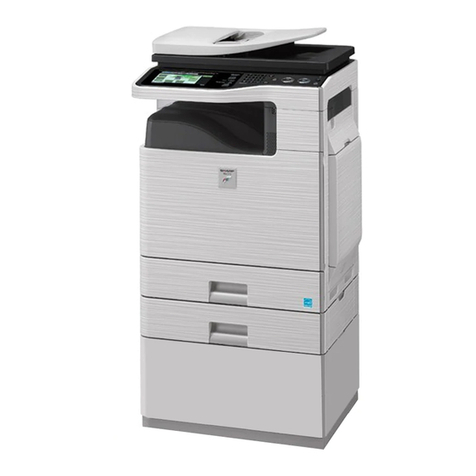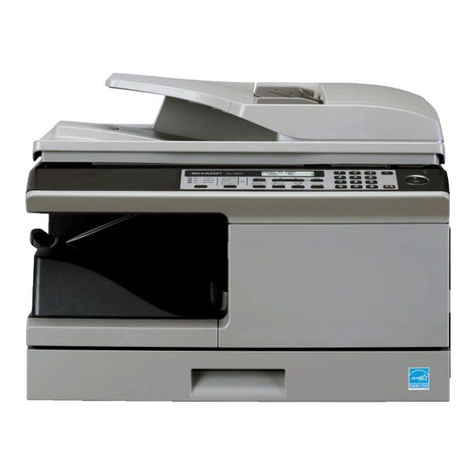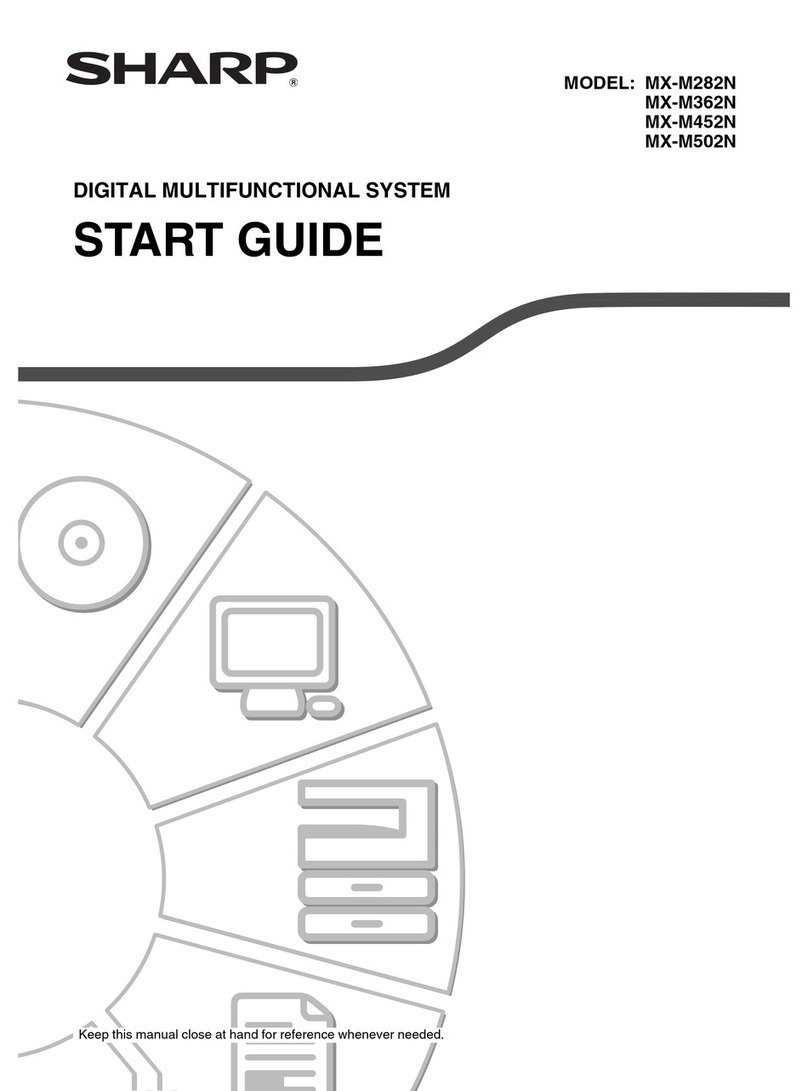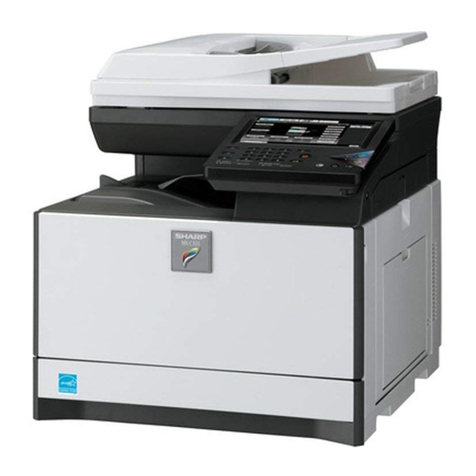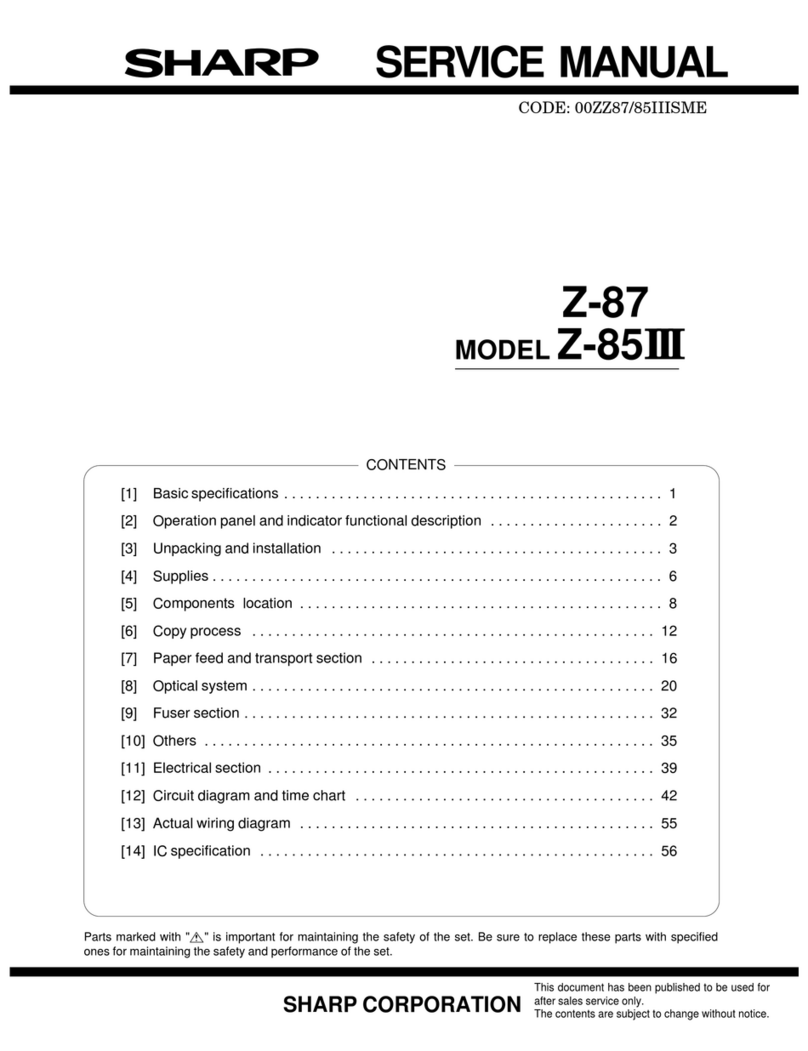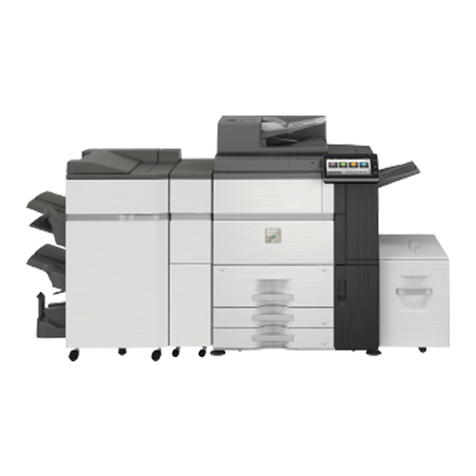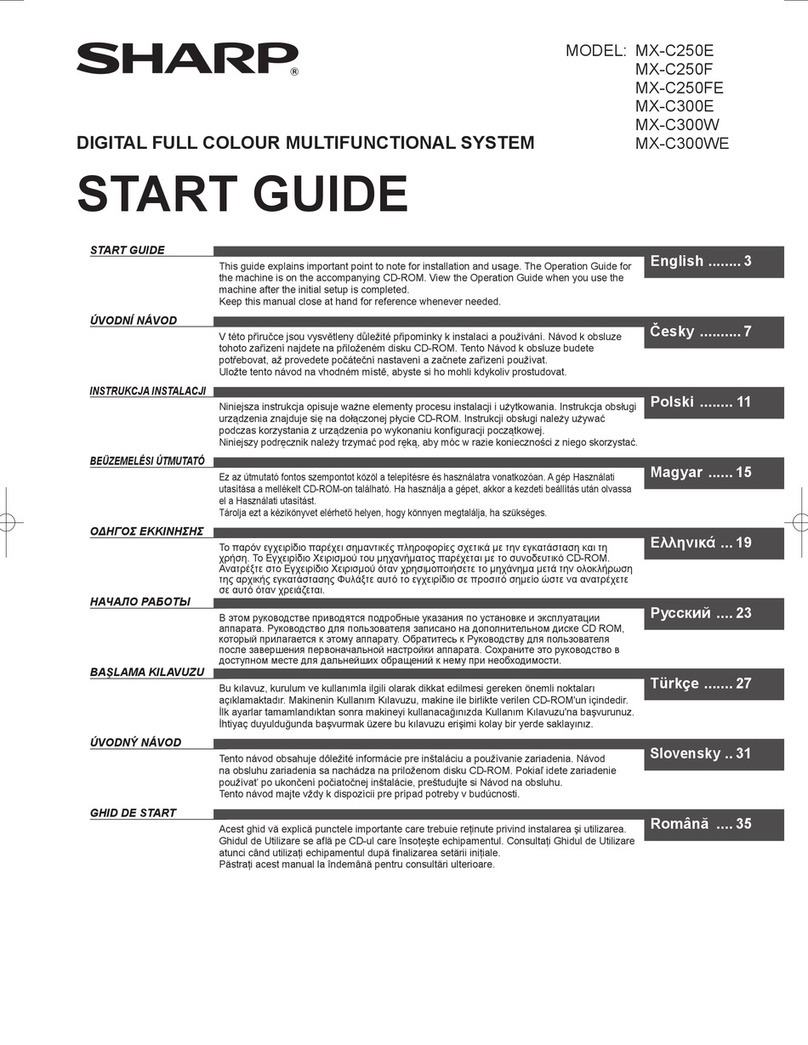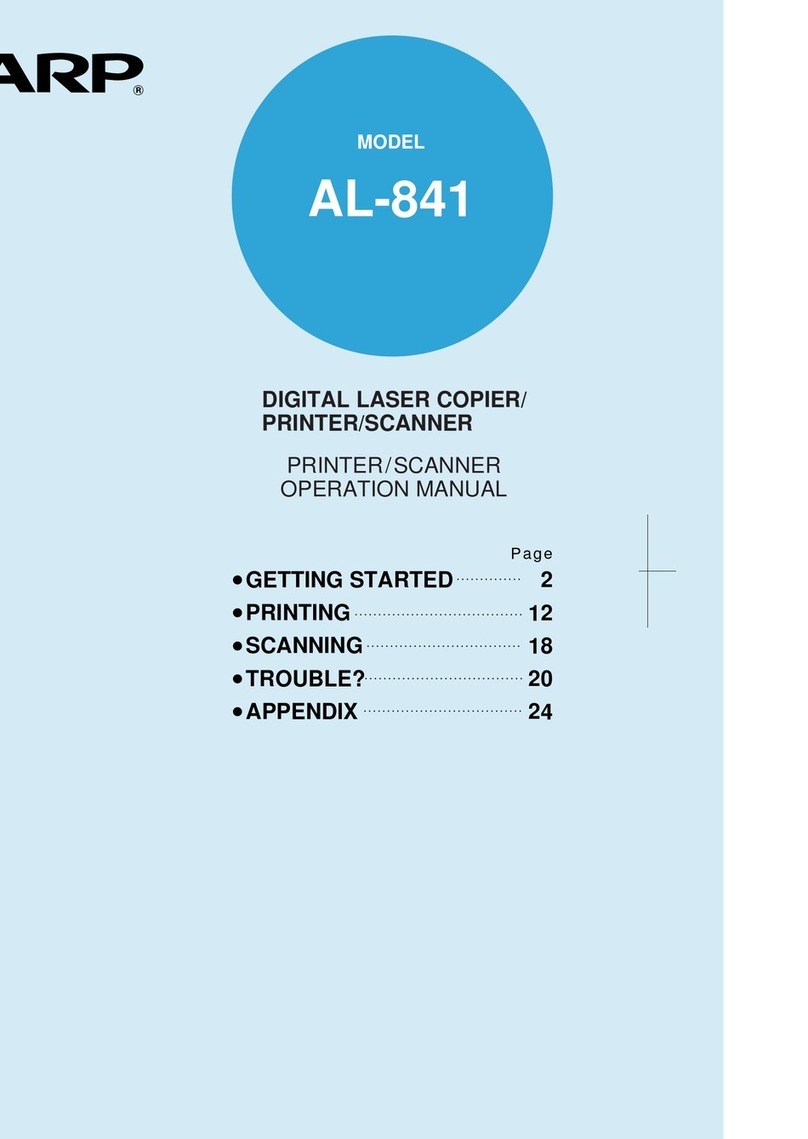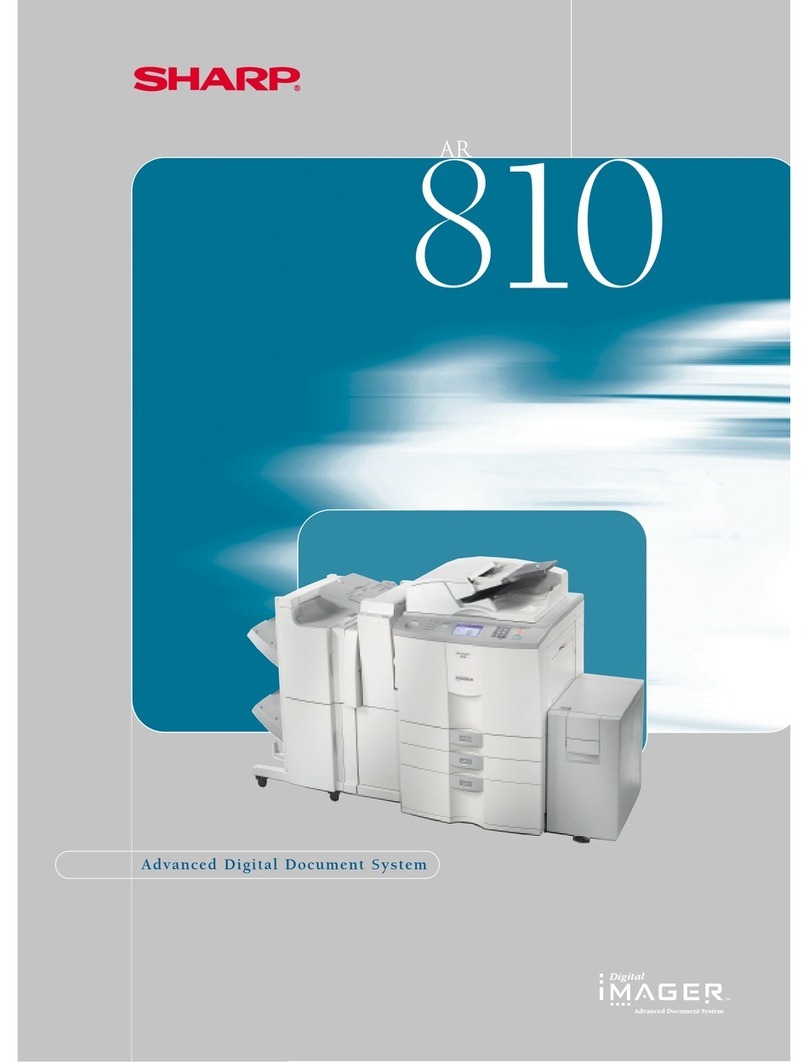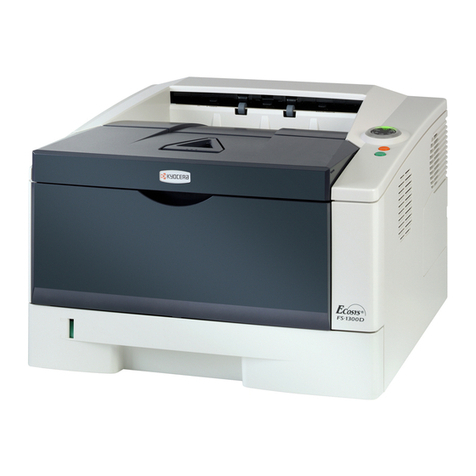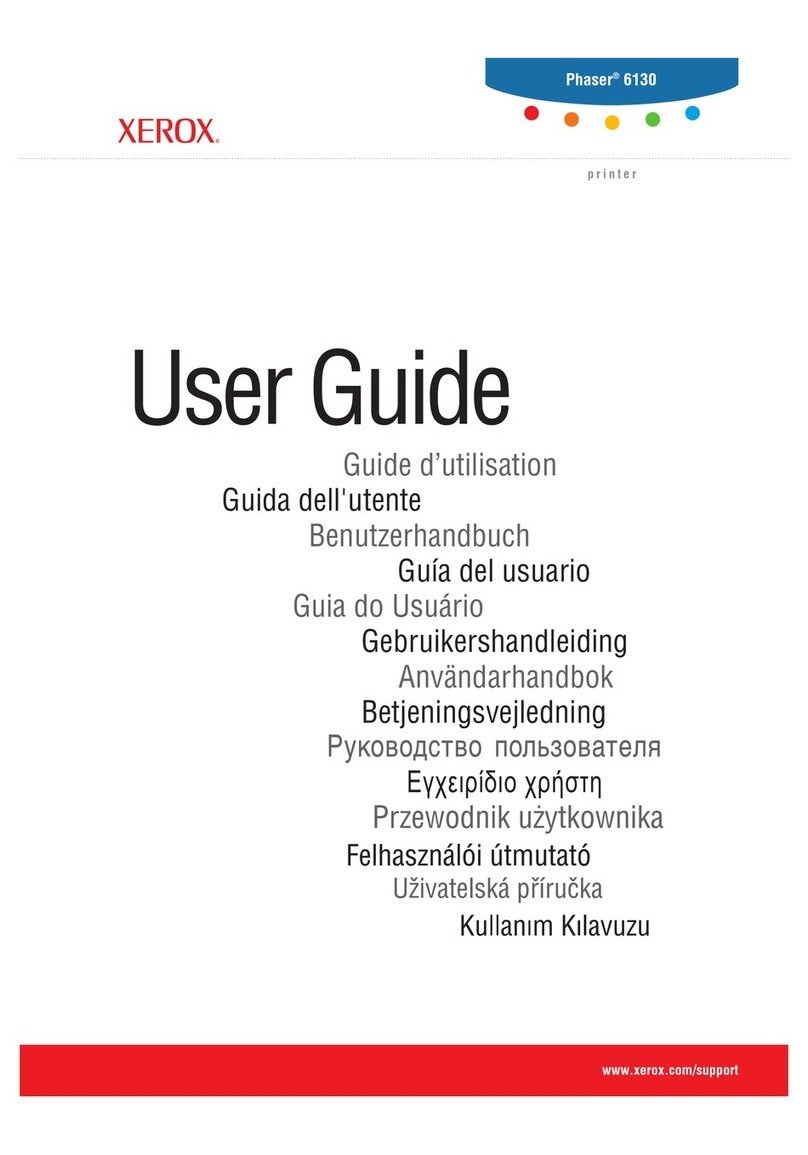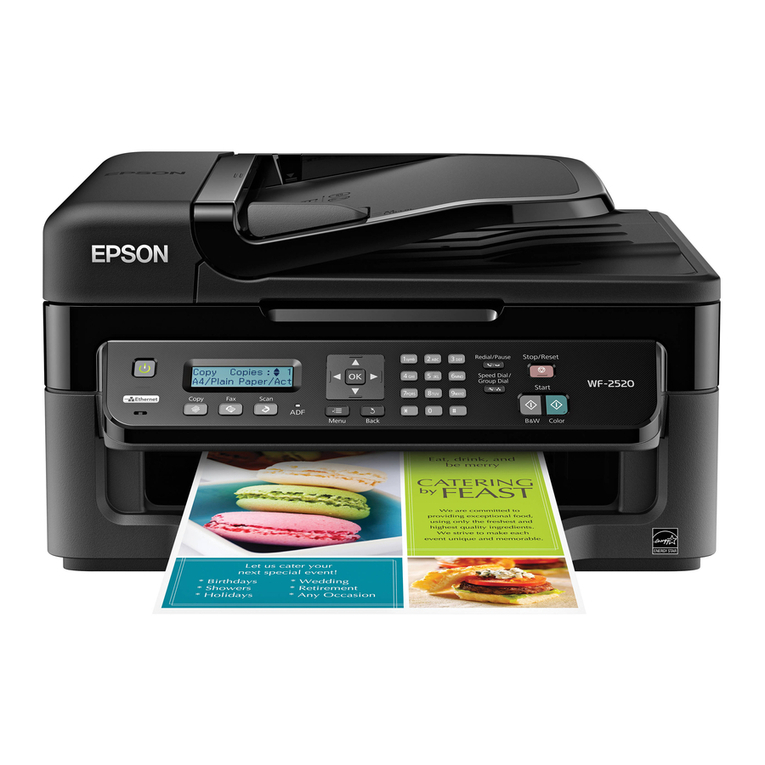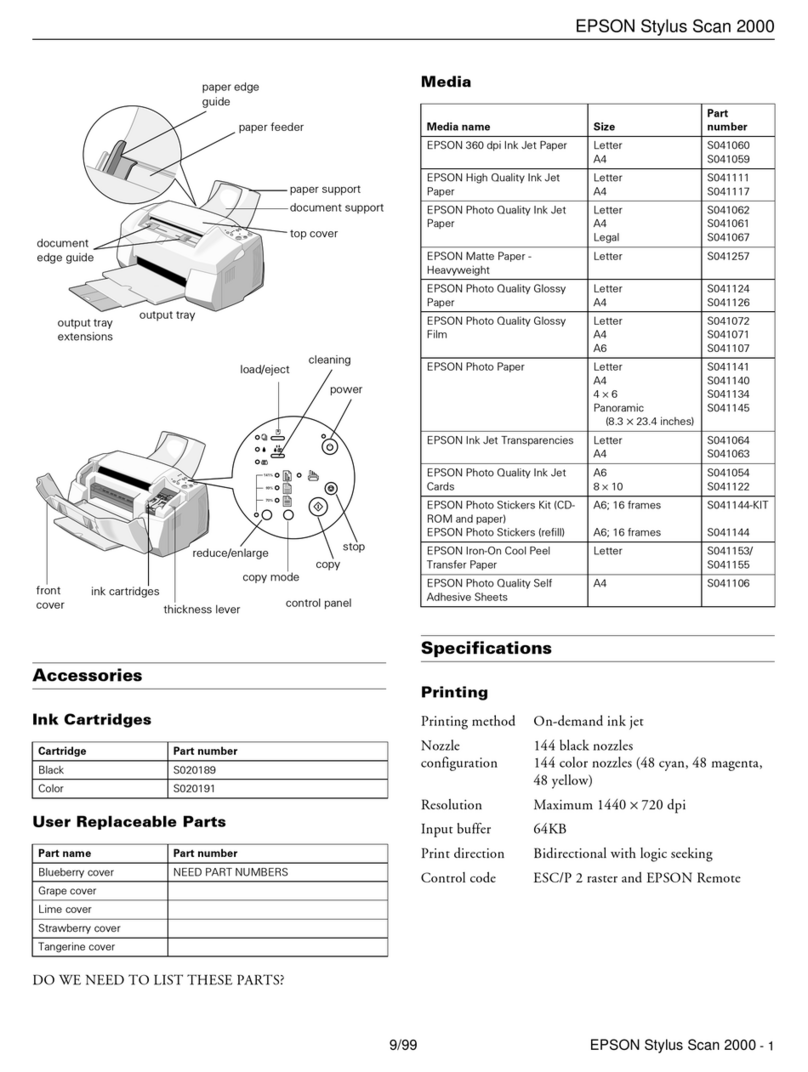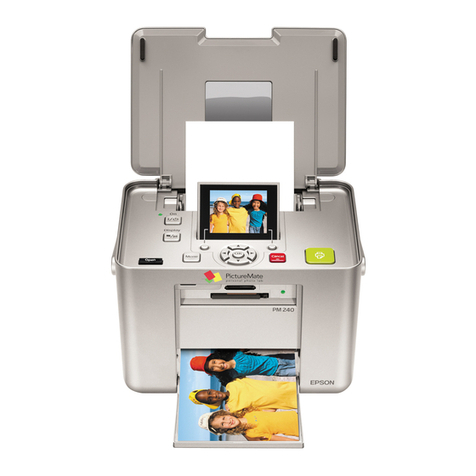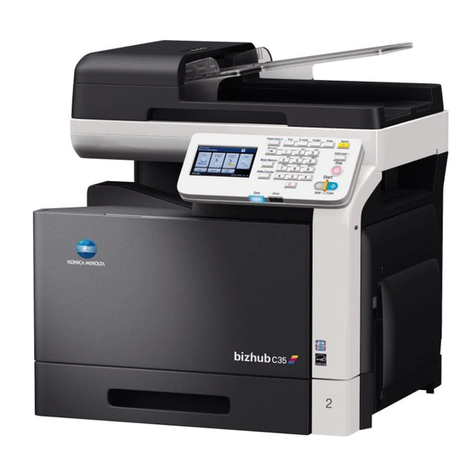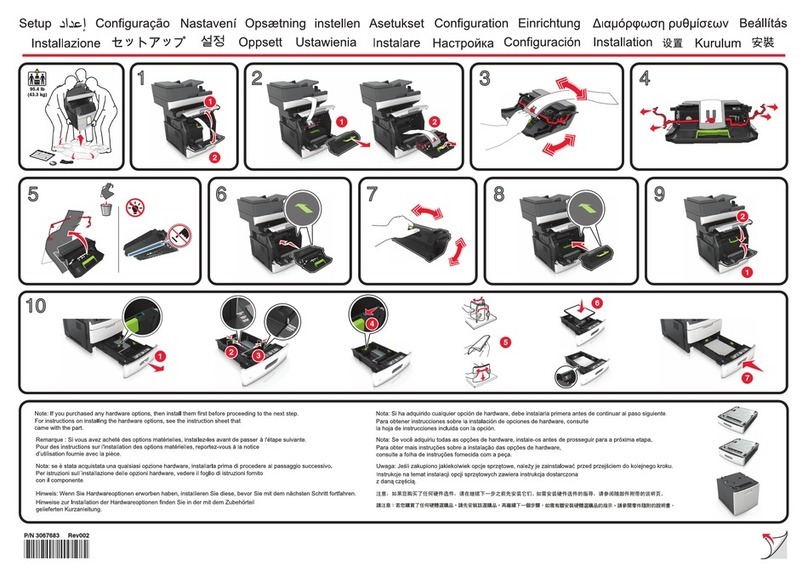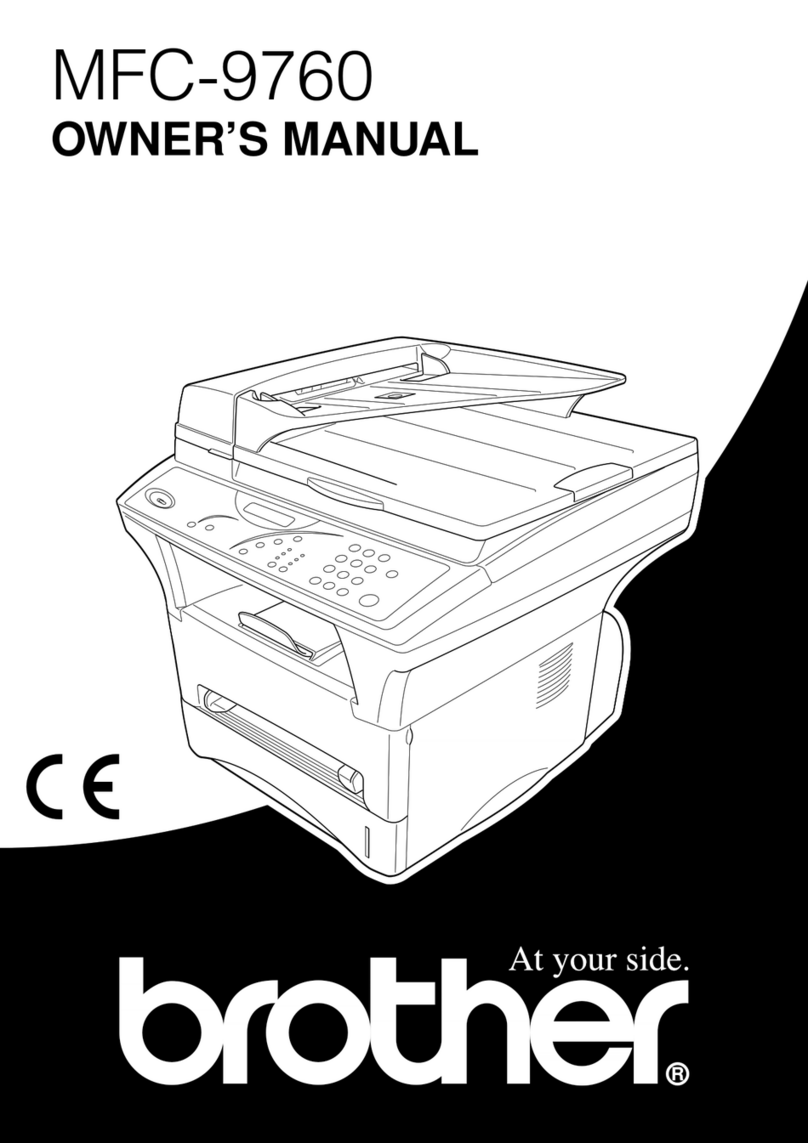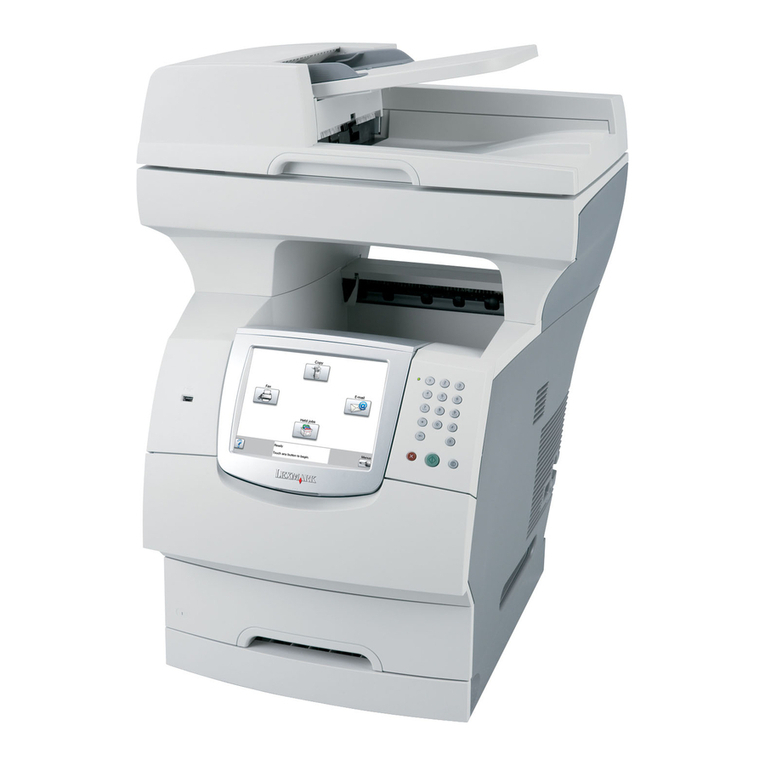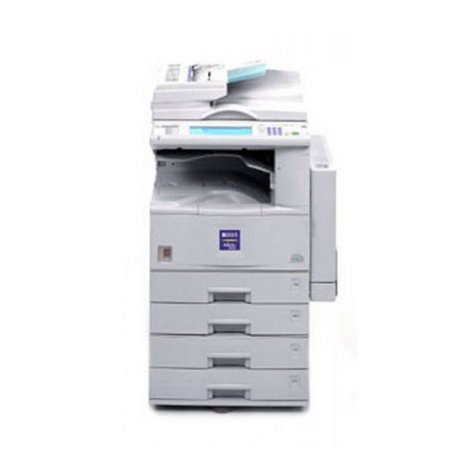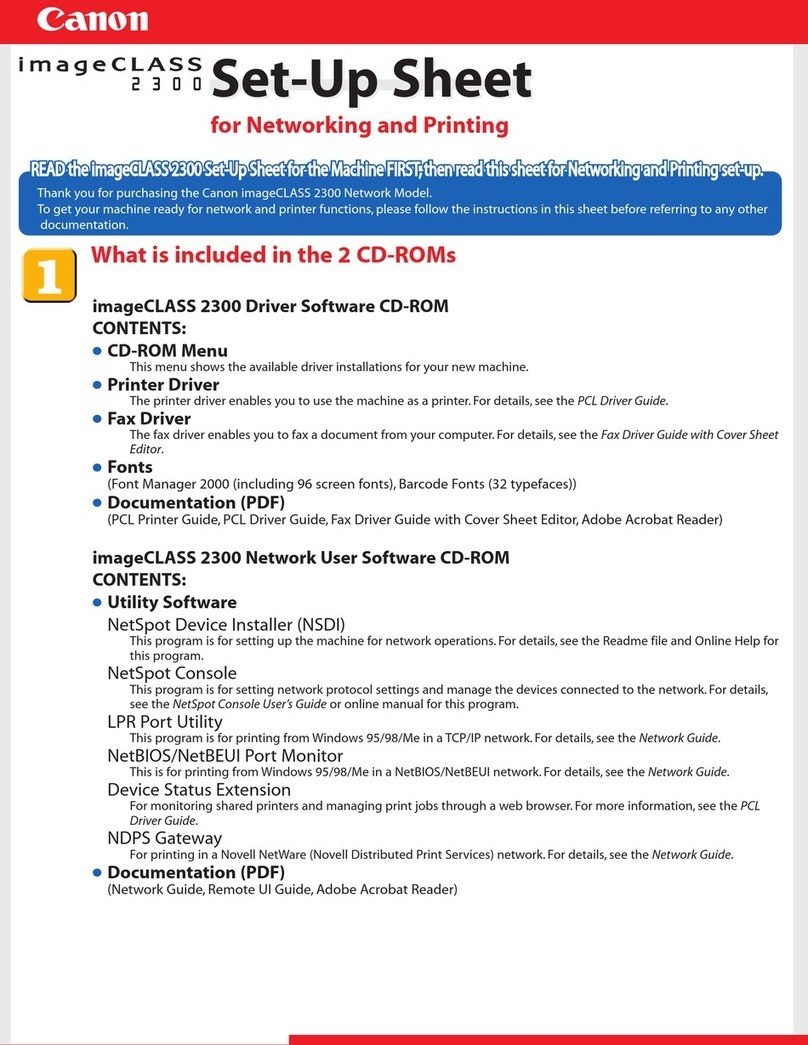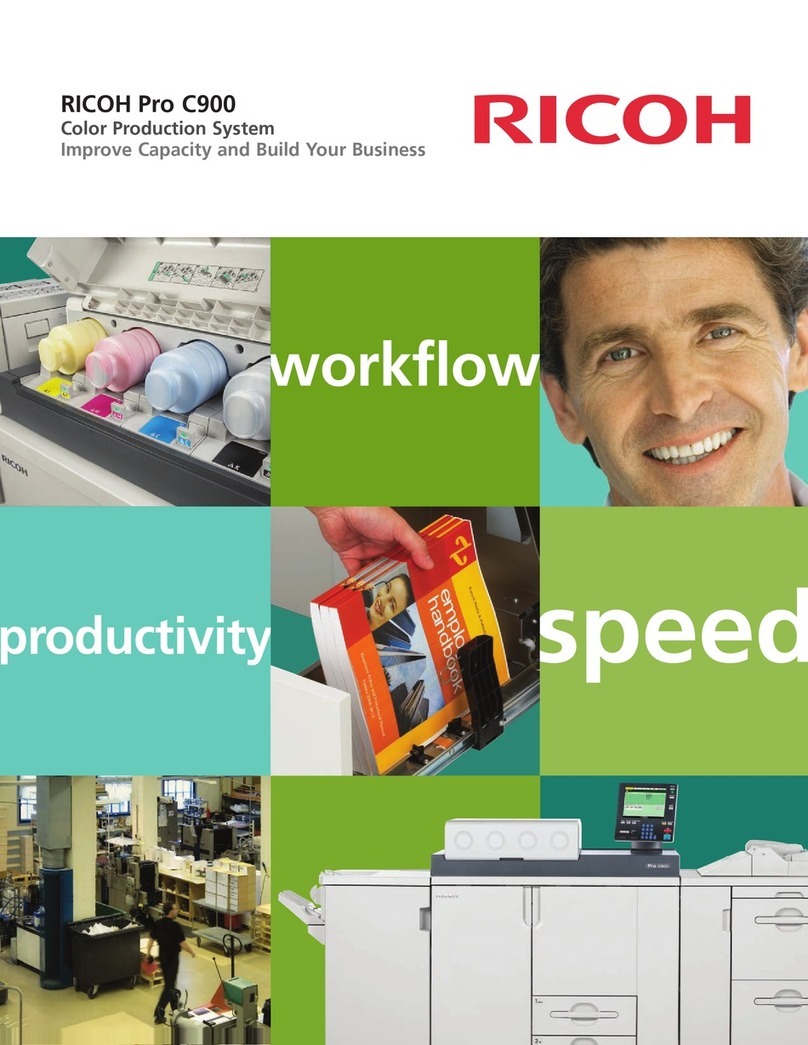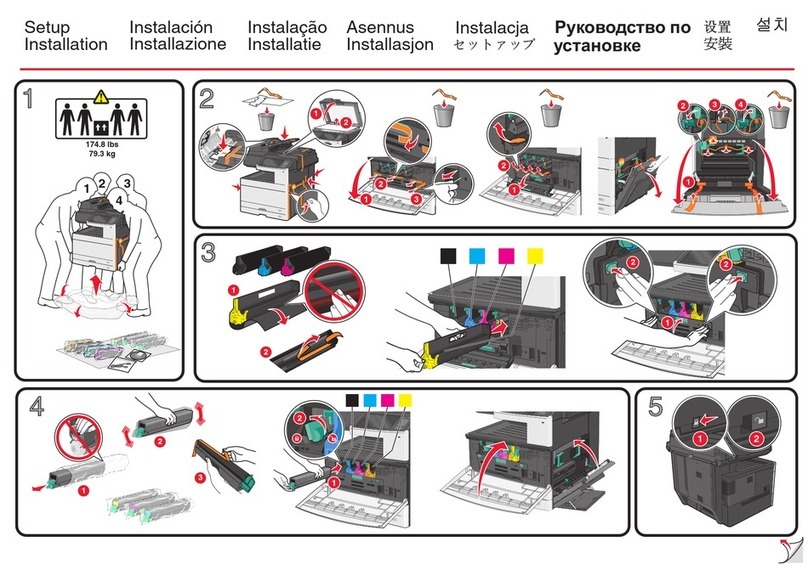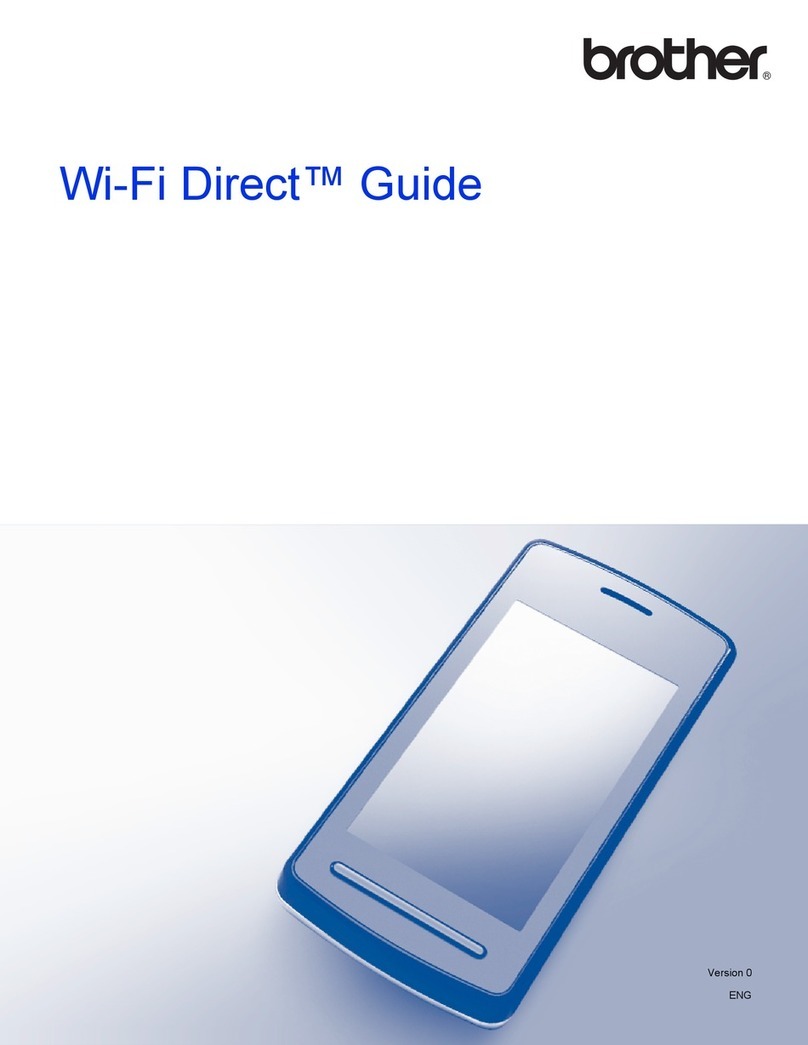z–w
[2] OPERATION PANEL AND INDICATOR
FUNCTIONAL DESCRIPTION
y
I
1
Power switch and power ~upply cord
Power is turned on and off using the power lever.
Upper frame release button
Used to release the frame lock when amisfeed occurs
or the drum cartridge hasto be replaced.
Doorswitch
Used to check the front door position.
If the front cover is opened, the misfeed and multicopy
indicator wi II be reset.
Auto exposure control
Selects appropriate exposure rate depending on the
contrast and background color of the original.
Exposure control lever
It has three set positions.
For most originals, set at the center position.
To make the copy darker, move to DARK.
To make the copy lighter, move to LIGHT.
Misfeed indicator
When amisfeed occurrs, this lamp turns ON. .
TD cartridge replacement indicator
The lamp flashes when the TD cartridge needs replace-
ment.
Drum cartridge replacement indicator
Afier 8,000 copies, the indicator will start to flash.
An additional 1,000 copies can be made. At this time
the indicator will stop flashing and stay ON. No
additional copies can be made until the Drum canridge
is replaced.
Multicopy
Copy numbers between 1and 19 mn be entered
using the (–) or (+) key. Depression of the (–) key
while “O” is displayed brings “19” into the display,
and continued depression of the key reduces the
number. When the (+) is depressed after “19”, the
number is returned to, ::0”. Every time acopy is
produced in the multicopy mode, the number in the
display coun~ down. When the (–) isdepressed in the
middle of multicopy operation, the number of copies
already made is displayed.
Auto repeat ,j,.,, ~<.<.., ,,,, (
Upon completion of copying in the multicopy mode,
the copy number previously set returns to the copy
numberset.display.Use of the CLEAR key resets the
number. One minute after completion of copying,
the number @the auto repeat functions are auto-
matically cleared.
Paper feed alarm (P indication)
If ash~t of paper is not transferred to the paper stop.
par after depre~ion of the PRINT switch, or the cas-
sette is empty,“P” is “displayed in the copy number
wind~~. :If the COPY. NUMBER key or the CLEAR
key is depressed or the MANUAL FEED switch is
Wb:’ti ‘~~ief”ti b~ned, the “P” indication is also
cancalled.
@Clear !~,+: [
Multimpy and auto repeat modes are cleared with the
‘) ‘CLEAR key.~~ne rnlnuti after completion of copy
.-..-
‘;’:? fifi@;ati6nJ~&~~Qt n~rnbar and the repeat functions
are automatically *-tid.” i‘ “
@PRINTswitch
~,; ~~ ~ saconds:aftar-powar isturned on, the READY lamp
turns ON indicating ”-tit” the copier is ready for
cOPying. if left unoparatad for go ~conds, the
copier$tha ~into the power save mode and the {
READY lamp changes from ON to flashing. When
the PRINT switch is pressed while the READY lamp
is on, the machine immediately starts to copy. When
the PRINT ~itch is pressedwhile the READY lamp is
fkshin~ thepower~va mode is cancalled, the original
table rn&’’”to:’~+@py -~fi position, and it starts the
armup cycle.
is dependent
it will be less t
the PRINT
,.
–2–
....---- ‘... . ..
;. .... ~.......
